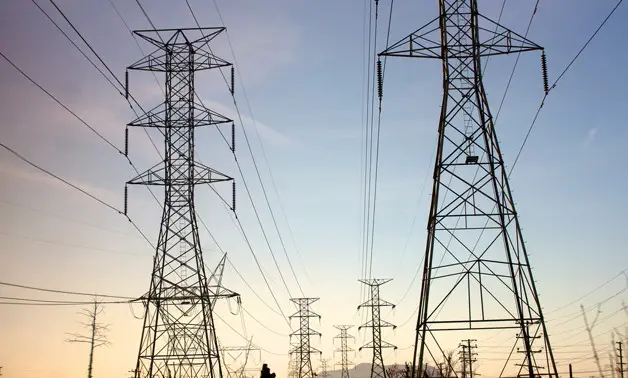Ten West Link, a 125-mile transmission line project that will span Arizona and Southern California has received approval from the Bureau of Land Management. This project is expected to help transport electricity produced by renewable energy sources to customers in both states.
The final 21.5 miles of the power line will go through Southern California near Blythe. This is where BLM has approved or is exploring a number of large-scale photovoltaic solar projects. The majority of the power line’s path, 103.5 miles, will cross federal lands in Arizona. The Ten West Link transmission line can move 3,200 megawatts of electricity in total. This is enough to power 960,000 homes.
Also Read: Tonto Basin bridge project to be built in Gila County, Arizona
When the Ten West Link project was first suggested in early 2016, there were some concerns regarding potential effects on the Kofa National Wildlife Refuge in southwest Arizona. Previous routes were also taken into consideration.
The Biden administration has made increasing electric transmission capacity a primary priority. The administration aims to approve 25,000 MW of solar, wind, and geothermal power projects by 2025. Additionally, a larger objective of weaning the country’s power grid off of fossil fuels.
Remarks on the Ten West Link project approval
Interior Secretary Deb Haaland stated in a statement that “approving this new transmission line on our public lands would expedite our nation’s transition to a clean energy economy. This will be done by unlocking renewable resources, creating employment, decreasing costs, and supporting local economies.”
“In order to create the optimum path, BLM Arizona thoroughly consulted with a range of stakeholders and carefully examined their suggestions. Thus, through our close cooperation, we were able to establish a path that will help our region meet its energy needs without having an adverse effect on local residents, popular recreation places, the Kofa National Wildlife Refuge, or tribal territories.

